A house that sounds roomy and spacious online may actually have 800 of its total square feet contained in a four-foot-tall dirt-floor basement. What’s up with that? In cities like Washington DC, homebuyers are often confused about the square footage discrepancy between what’s listed and what they see on tour.
So why can square footage information be misleading? It turns out the American National Standards Institute (ANSI) guidelines on how to calculate a home’s square footage may be considered the standard, but there are no official laws that govern this process. Since the rules aren’t governed, some listing agents just post their best guess on a home’s square footage. As a result, buyers and their agents often have to investigate. In addition, some Multiple Listing Services (MLS) report all finished and unfinished square footage of a house as a single number, adding to the confusion.
If you love a home, does it matter if the 2,000 square foot charmer turns out to be 1,600 square feet? When it comes time for you to sell, 400 fewer feet in measurement can impact the price substantially, since square footage is used to determine a home’s market value. Read on to learn how to calculate the square footage of a house.
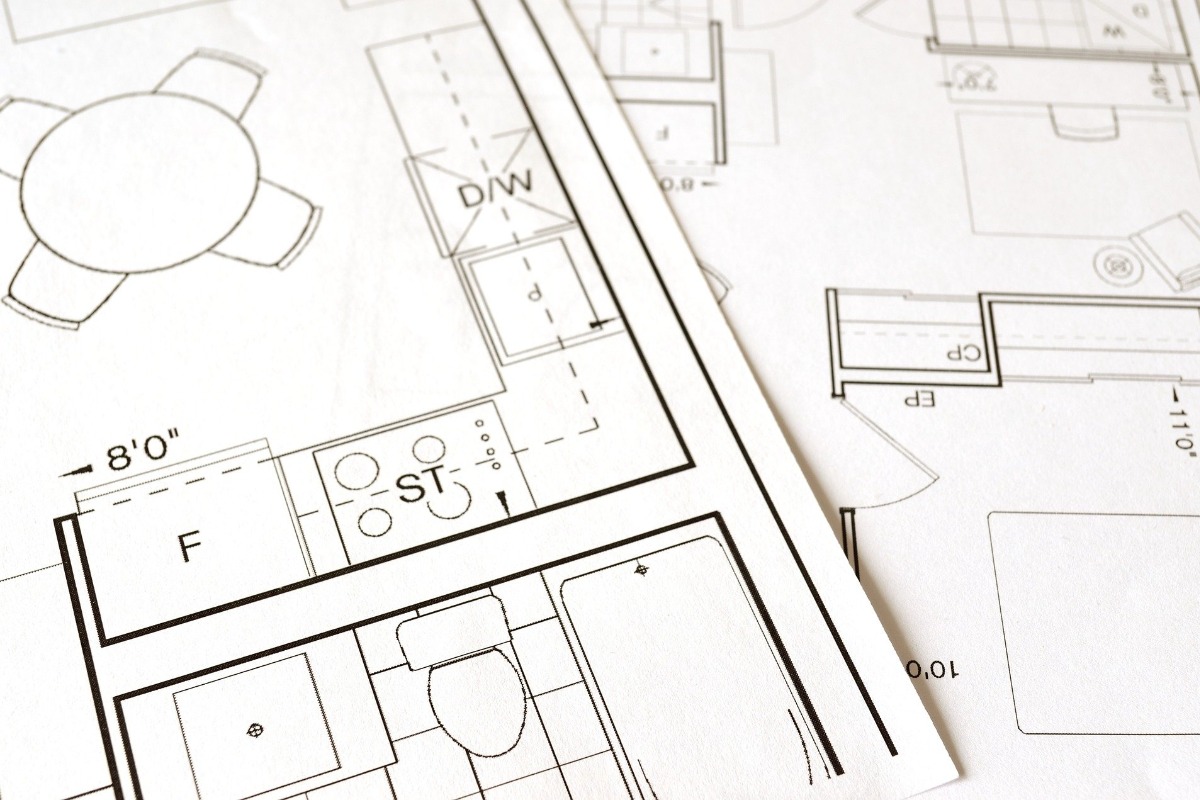
Understanding how the square footage of a house is measured
To understand how the square footage of a house is measured, start by referring to your city’s building department records. Many city and county records are now available online, which makes getting this information much easier than it used to be. Some updates – like unpermitted remodeling – may not be reflected in the records, but it will still provide a good baseline estimate.
Then, familiarize yourself with basic ANSI guidelines for calculating square footage for single-family homes. Practices can vary slightly from market to market, but these rules apply to most areas in the country:
- Below-grade spaces (basements, dens, etc.) do not usually count toward a house’s square footage. Even a finished basement oftentimes can’t be counted toward a home’s Gross Living Area (GLA), but it can be noted separately in the listing’s total area. More on this below.
- The ANSI method specifies measuring from the exterior of the house, but the wall width is not usually subtracted to account for actual living space.
- Stairways and closet areas are included in the house’s square footage length.
- Finished attic square footage is included if an area has at least seven minimum feet of clearance.
- Covered, enclosed porches can only be included if heated and using the same system as the rest of the house.
- Garages, pool houses, guest houses, or any rooms that require you to leave the finished area of the main house to gain access are not counted in the square footage of a house.
Get pre-approved and secure your dream home
Work with a lender to find the right loan for the home you love.
How to calculate the square footage of a house: Three steps to follow
Get pre-approved and secure your dream home
As a buyer it can be helpful to know how to calculate the square footage of a house yourself – just multiply the length and width of all applicable rooms in the home. All you’ll need to get started is a 100 sq ft tape measure, some graph paper, and a pencil.
1. Assign a unit of measure
Assign a unit of measure to each square on the paper (ex. 12 inches or a foot) and measure to the nearest tenth of a foot.
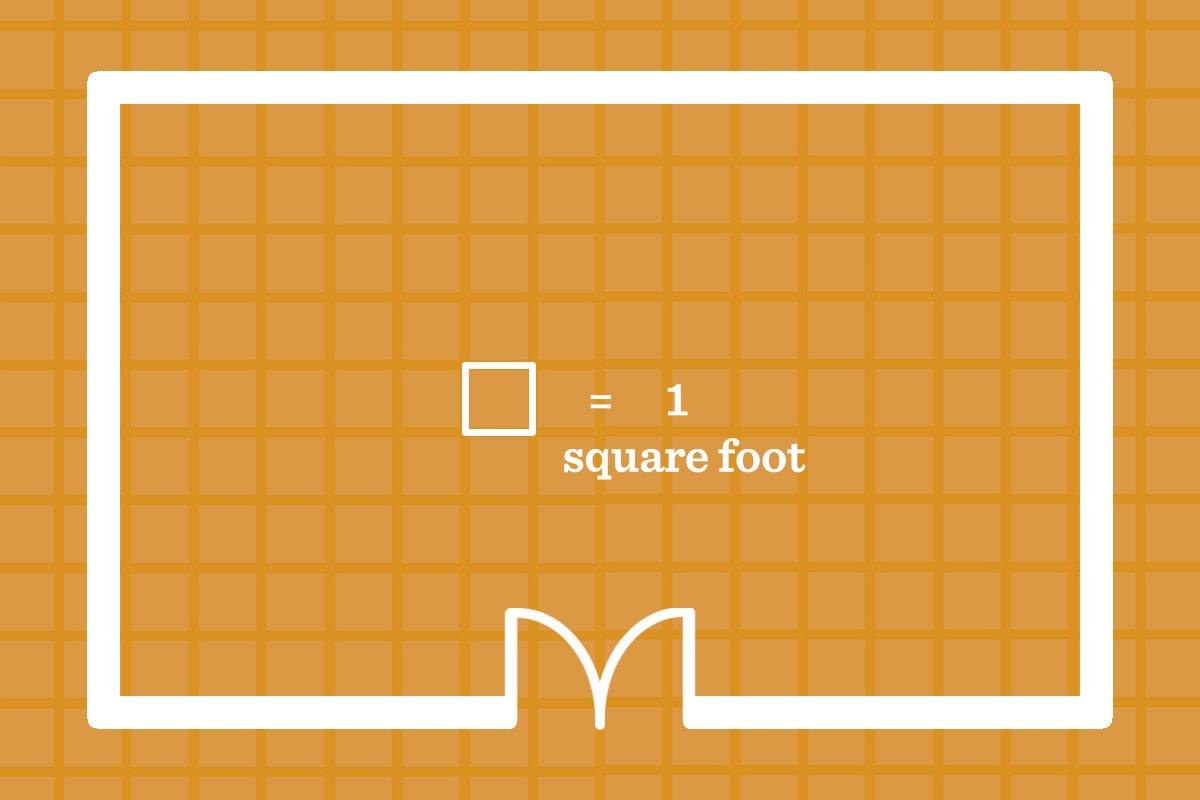
2. Pick a wall
Pick a wall and begin measuring the distance, making your way around the interior perimeter of the house in one direction, then drawing lines accordingly on the graph paper. Keep in mind that although ANSI guidelines specify measuring the exterior walls, measuring from the inside will give you a better idea of the actual livable area.
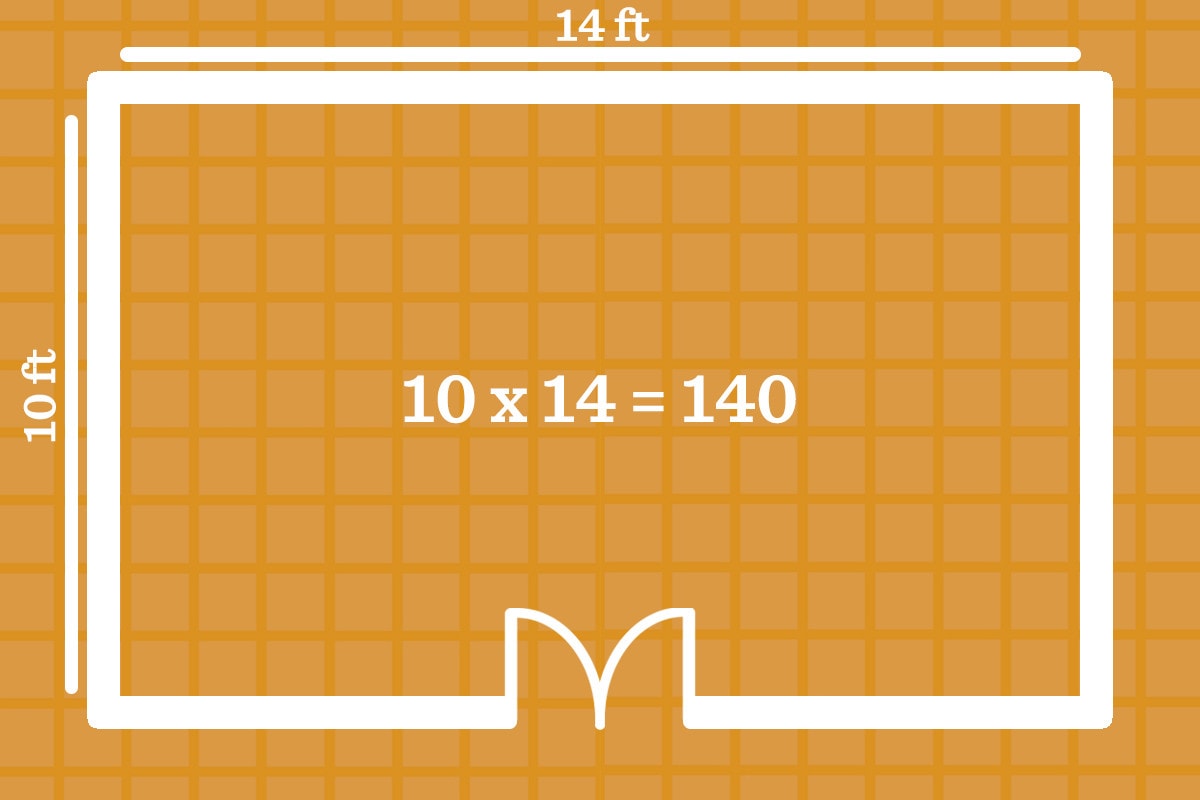
3. Look at your floor plan
Lastly, go back over your floor plan, multiply the rectangular areas, and add them all up to get your final number. If your calculation includes an area that is not permissible, don’t forget to subtract it out.
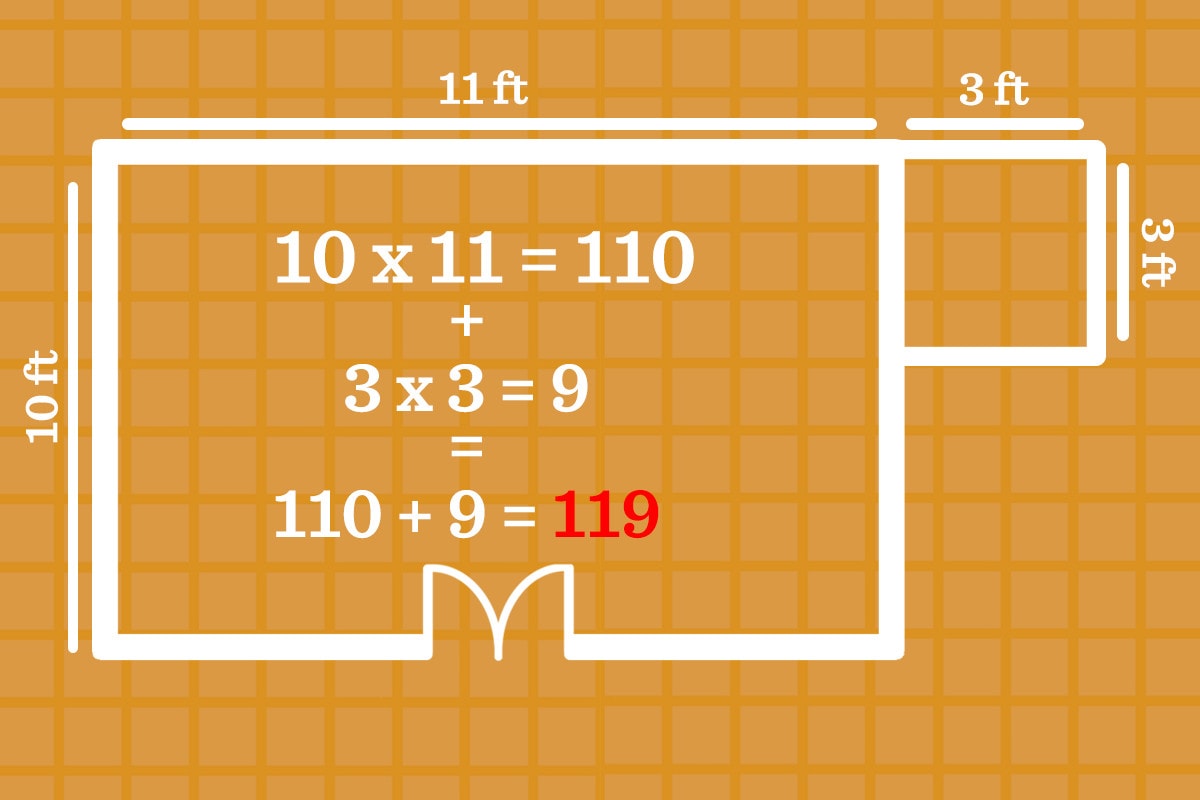
Does a basement count as square footage?
As a general rule of thumb, basements usually do not count towards the square footage of a house. For a basement to increase a home’s square footage, it must meet certain criteria to be considered livable space, and such criteria can vary between states. Your local county assessor’s office determines whether appraisers can choose what is considered square footage towards a home’s Gross Living Area. Below we highlight some of the most common criteria a basement may have to meet to be included in your home’s total square footage.
- A portion of the basement is above-ground – Basements that are 100% below ground usually do not count towards the square footage of a house.
- The basement is finished – Flooring, walls, lighting, and other features must be similar to the main living areas of a house.
- The basement is heated and conditioned – You cannot use a space heater to heat up a basement.
- The basement has legal ingress or egress – To account for safety, a legal escape point is necessary in case a fire breaks out. This could be an egress window or walkout door that leads to the outside.
Get in touch with a real estate agent or appraiser to best understand if your basement can be counted towards the square footage of your home.
A final word on square footage
Be aware that condominiums have fewer established rules and no ANSI guidelines. To start, you can visit your city’s building department and ask them to pull the home’s plans and permits for the property; all builders are required to include square footage for each unit. If that info is hard for you to get, you may want to hire an appraiser. If you’re a seller, it’s best to pay an appraiser to provide a square footage assessment, so your listing is as accurate as possible. Finally, consult an agent. Agents usually see dozens of homes a week and have a pretty good spatial sense, and can often give you a ballpark estimate of any home in question.
Finally, remember that while square footage is important to your home value, don’t focus on it at the expense of style or your emotional response. Do you like the design and floor plan? How about the location? Are there rooms you absolutely love? Numbers are important, but they are no substitute for the intangibles that make a house feel like a home.










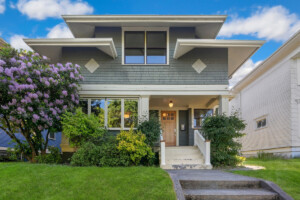

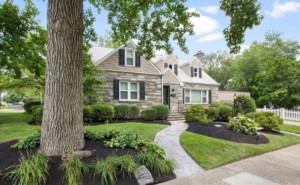














 United States
United States Canada
Canada